- 02 9712 1736
- [email protected]
- 212 Great North Road, Five Dock, NSW 2046
- Open 7 days a week
Understanding Running Injuries and Osteopathy:
Running is one of the most popular forms of exercise worldwide. It’s accessible, improves fitness, and can be done almost anywhere. But with this popularity comes a sobering reality: running injuries are extremely common.
Research shows that up to 40% of runners experience injuries each year. For new runners, this number can reach nearly 30% in their first year alone. These injuries can sideline you for weeks or months, disrupting training plans and fitness goals.
This is where osteopathy comes in. Osteopathy is a hands-on approach to healthcare that focuses on your body’s structure and function. It doesn’t just treat symptoms – it looks for the root cause of your injury.
For runners, osteopathy offers a unique advantage. It addresses the whole body, not just the injured area. This comprehensive approach often leads to faster recovery and better prevention of future injuries.
This blog will explore common running injuries and how osteopathy can help treat and prevent them. You’ll learn what causes these injuries, how to recognise them, and most importantly, how osteopathic treatment can get you back on track.
Running injuries affect up to 40% of runners annually, with shin splints, runner’s knee, and Achilles tendinopathy being most common. These injuries often result from overuse, poor biomechanics, or training errors.
Osteopathy treats running injuries by addressing root causes, not just symptoms. It uses gentle manual therapy, soft tissue work, and joint mobilisation to improve movement patterns and reduce injury risk.
Treatment typically includes hands-on techniques to restore proper function, exercises to strengthen weak areas, and advice on training modifications. Most runners see improvement within 4-6 sessions.
Osteopathy also focuses on prevention through biomechanical assessment, strengthening programs, and education about proper training progression. This holistic approach helps runners recover faster and reduce their risk of future injuries.
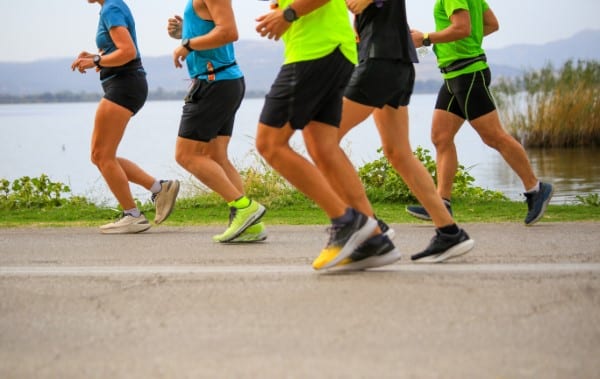
The Most Common Running Injuries:
Research published in Sports Medicine journals shows that specific injuries occur far more frequently in runners than others. Understanding these common injuries helps you recognise early warning signs and seek appropriate treatment.
A systematic review of running injuries found that the knee, ankle, and lower leg account for the highest proportion of injuries. Let’s examine the most common running injuries that osteopaths treat.
Runner’s Knee (Patellofemoral Pain Syndrome):
Runner’s knee is an umbrella term for pain around the front of the knee. According to research studies, it affects up to 15% of runners. The pain typically occurs around or behind the kneecap during running, walking stairs, or sitting with bent knees.
Causes include poor hip strength, tight muscles, and biomechanical issues. Many runners develop this condition due to sudden training volume or intensity increases.
Symptoms include pain around the front of the knee, worsening pain when running downhill, discomfort when sitting with bent knees, and tenderness around the kneecap.
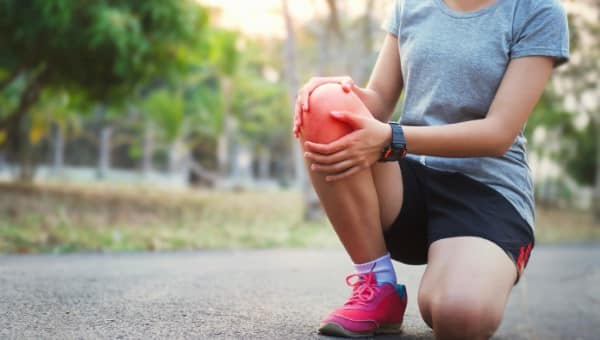
Shin Splints (Medial Tibial Stress Syndrome):
Shin splints affect up to 19% of runners, making them one of the most common running injuries. Research shows they’re particularly common in new runners, with studies indicating they require an average of 72 days for full recovery.
The condition involves pain along the inner edge of the shinbone. It’s caused by repetitive stress on the bone and surrounding tissues. Factors contributing to shin splints include sudden training increases, hard running surfaces, and improper footwear.
Symptoms include pain along the inner shin bone, tenderness when touching the area, pain that worsens during activity, and possible mild swelling.
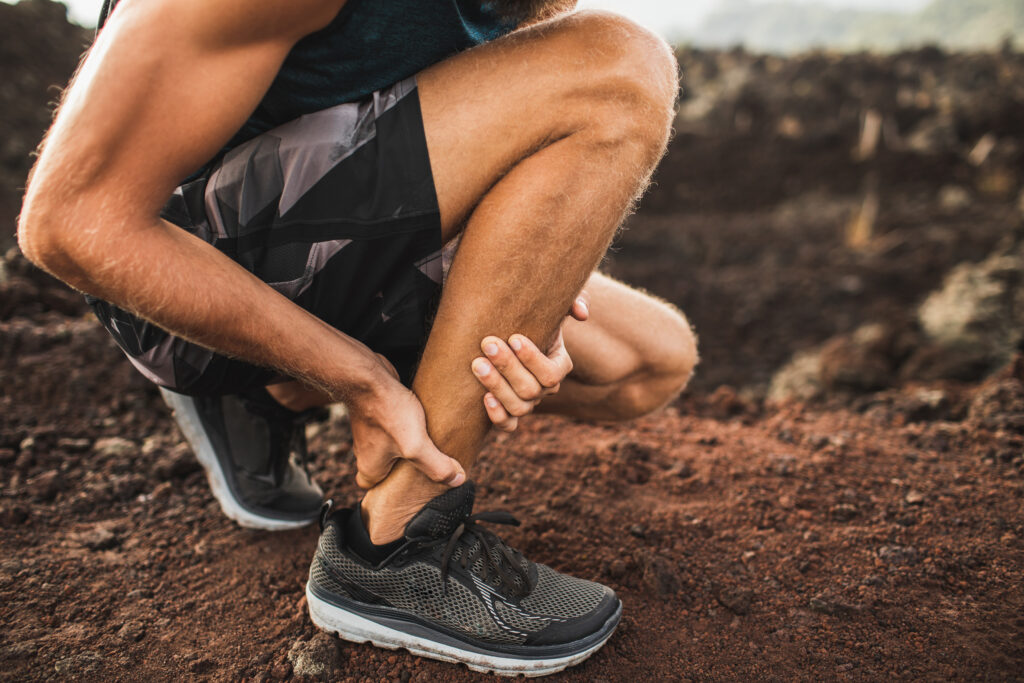
Achilles Tendinopathy:
Achilles tendinopathy affects the large tendon connecting your calf muscle to your heel bone. Symptoms include pain and stiffness in the Achilles tendon, tenderness about 2-4 cm above the heel, swelling around the tendon, and pain that’s worse when starting to run.
The condition develops gradually, often starting as mild morning stiffness. It’s commonly caused by sudden increases in training intensity, tight calf muscles, or biomechanical issues.
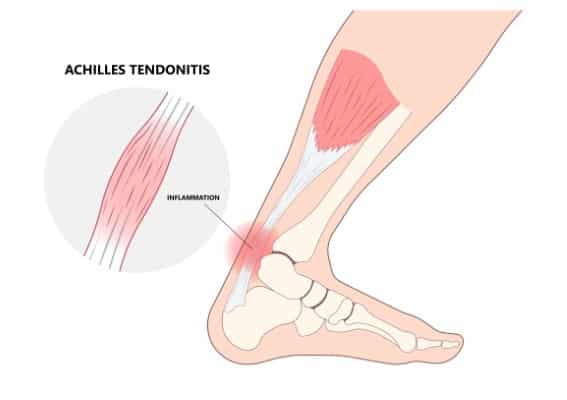
IT Band Syndrome:
Iliotibial band syndrome affects the band of tissue running from your hip to your shin. It’s a common overuse injury that causes pain on the outside of the knee or hip. The condition often develops due to weak hip muscles, a tight IT band, or poor running biomechanics. It’s particularly common in long-distance runners. Symptoms include pain on the outside of the knee, discomfort that may extend to the hip, pain that worsens during longer runs, and tenderness along the outside of the thigh.
Why Running Injuries Occur:
Understanding the causes of running injuries is crucial for both treatment and prevention. Research shows that running injuries are rarely caused by a single factor but rather by a combination of issues.
Training Errors
The most common cause of running injuries is training errors. Common training errors include doing too much too soon, having inadequate rest between hard sessions, ignoring pain signals, and choosing poor training surfaces.. The “10% rule” suggests increasing weekly mileage by no more than 10% each week.
Biomechanical Issues
Poor running mechanics contribute significantly to injury risk. Common biomechanical problems include overstriding (landing with foot too far ahead), poor hip control leading to knee collapse, inadequate core stability, and imbalanced muscle strength.
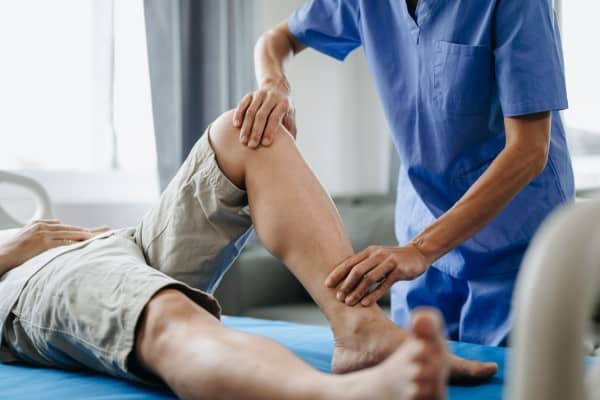
Previous Injuries
Studies consistently show that previous injury is the strongest predictor of future injury. Research indicates that having a history of running injury significantly increases your risk of reinjury.
This is why proper rehabilitation and addressing underlying causes is so important. Simply resting until pain goes away often isn’t enough.
Muscle Imbalances and Weaknesses
Many runners develop muscle imbalances due to the repetitive nature of running. Weak hip muscles, tight hamstrings, and poor ankle mobility all contribute to injury risk.
Research shows that addressing these imbalances through targeted exercises can significantly reduce injury rates.
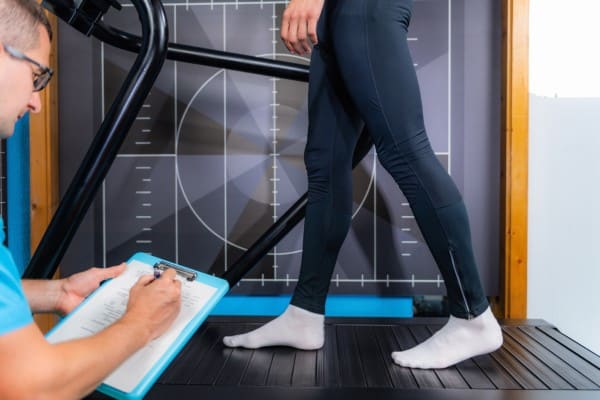
How Osteopathy Addresses Running Injuries:
Osteopathy takes a whole-body approach to treating running injuries. Rather than focusing solely on the painful area, osteopaths examine how your entire body moves and functions.
Comprehensive Assessment
An osteopathic assessment for runners includes movement analysis, where your osteopath will observe how you walk, run, and perform specific movements to identify biomechanical issues contributing to injury. They will conduct strength testing to identify weak muscle groups that may be causing compensatory patterns, with research showing that hip weakness is widespread in runners with knee injuries.
The assessment also includes flexibility evaluation and checking for tight muscles and restricted joints that affect running mechanics. For example, calf tightness is strongly linked to Achilles injuries. Your osteopath will also review your load management by discussing your training history to identify potential training errors or rapid load increases.
Treatment Techniques for Runners
Osteopaths use various techniques to address running injuries through soft tissue therapy, which involves hands-on treatment of muscles, fascia, and other soft tissues. This includes deep tissue massage to reduce muscle tension, myofascial release to improve tissue mobility, trigger point therapy to address muscle knots, and cross-friction massage for tendon problems. Research shows that soft tissue therapy can improve circulation, reduce pain, and enhance tissue healing.
Joint mobilisation is also crucial, as many running injuries involve joint restrictions that affect movement patterns. Osteopaths use gentle movements to restore normal joint motion, reduce joint stiffness, improve proprioception (joint awareness), and enhance overall movement quality. Studies indicate that joint mobilisation can be particularly effective for hip and ankle restrictions common in runners.
Exercise Prescription:
A crucial part of osteopathic treatment involves specific exercises tailored to each runner’s needs. These include strengthening exercises for weak muscle groups, stretching routines for tight tissues, proprioception training for better balance, and running-specific drills to improve technique. Research consistently shows that exercise therapy is one of the most effective treatments for running injuries.
Biomechanical Correction:
Osteopaths often provide advice on improving running technique as small changes in form can significantly reduce injury risk. Common adjustments include increasing cadence (steps per minute), reducing overstriding, improving posture and core engagement, and optimising foot strike patterns.
When to Seek Osteopathic Treatment
Runners should consider osteopathic treatment when experiencing early warning signs such as persistent soreness lasting more than a few days, pain that increases during or after running, stiffness that doesn’t improve with movement, and changes in running gait or performance.
For established injuries, treatment is recommended for diagnosed running injuries requiring treatment, recurrent injuries, chronic issues affecting performance, and post-surgical rehabilitation needs.
Prevention is another important reason to seek treatment, particularly if you have a history of running injuries, are planning to increase training significantly, are returning to running after time off, or are preparing for races or events.
Conclusion: Running Stronger with Osteopathy
Running injuries are common, but they don’t have to derail your fitness journey. Osteopathy offers a comprehensive approach to both treating injuries and preventing them from occurring.
By addressing the whole body rather than just symptoms, osteopathy helps runners:
The key to successful treatment lies in early intervention, proper assessment, and a commitment to addressing underlying causes. Whether you’re a weekend warrior or a competitive athlete, osteopathy can help you run stronger, longer, and with less risk of injury.
Remember that every runner is unique, and what works for one person may not work for another. An experienced osteopath will tailor treatment to your specific needs, goals, and running style.
Don’t let injuries keep you from pursuing your passion for running. With the right osteopathic care, you can overcome current injuries and build a stronger foundation for future running success.
If you’re experiencing running-related pain or want to prevent injuries before they occur, consider consulting with a qualified osteopath who understands the demands of running and can help you achieve your goals safely and effectively.
Your running journey is unique, and osteopathy can be the key to keeping you moving forward, one step at a time.
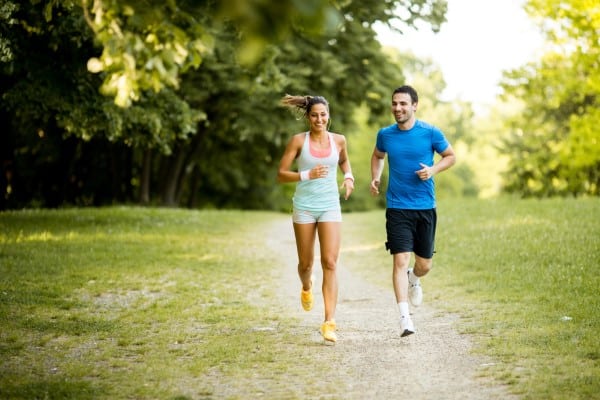

Luis is an empathetic osteopath whose gentle approach has helped countless patients find relief from pain and discomfort. With his warm personality and expert hands, Luis creates personalized treatment plans that address both your immediate symptoms and long-term wellbeing. His patients appreciate his thoughtful nature and ability to explain complex conditions in simple terms.
Originating from over in New Zealand, Luis developed a love for osteopathy and manual care from a young age, due to its holistic nature. With a special interest in manual therapy, anxiety and related breathing activities. You will find the care you need with Luis.
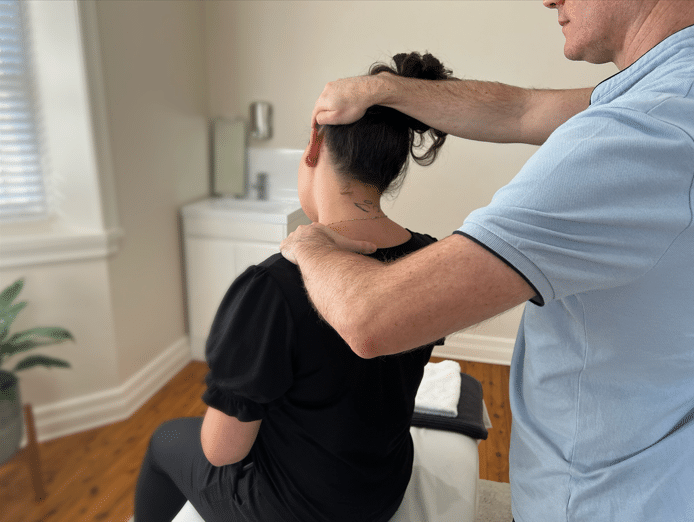
Forest Lodge, Annandale, Glebe, Leichhardt, Balmain, Haberfield, Canada Bay, Rozelle, Rodd Point, Wareemba, Stanmore, Petersham, Lilyfield, Hunters Hill, Enfield, Cabarita, Mortlake, Rhodes, Burwood Heights, Birchgrove, Gladesville, Huntleys Point, Abbotsford, Ashfield, Croydon Park, Croydon, Chiswick, Russell Lea, Burwood, Strathfield, Concord, Drummoyne, North Strathfield, Liberty Grove, Dulwich Hill, Lewisham, Camperdown, Ashbury, Homebush, Homebush West, Woolwich, Henley, Summer Hill, Sydney Olympic Park

About
Five Dock Osteopathic & Chiropractic is located in Canada Bay, in Sydney’s Inner West. Servicing suburbs including Burwood, Croydon, Drummoyne, Five Dock, Haberfield, Concord, Abbotsford, Chiswick, Leichhardt, Wareemba, Russell Lea, Summer Hill, Strathfield.
Clinic hours
Monday, Tuesday, Thursday 7AM – 7PM
Wednesday, Friday 7AM – 6PM
Saturday 7AM – 2PM
Sunday 8AM – 2PM
Contact details